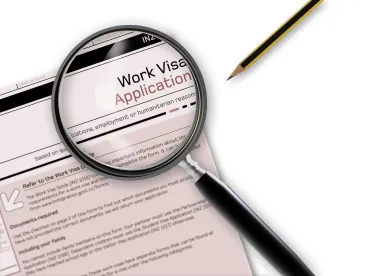On January 31, 2022, Customs and Border Protection (CBP) began issuing I-94 forms with new designations for L-2 and E visa dependents. The new designations for L-2 and E dependent spouses specifically will serve as evidence that holders are authorized to be employed based on their nonimmigrant status. This is welcome news as previously, L-2 and E dependent spouses were required to apply for an Employment Authorization Document (EAD) in order to be authorized to work.
These changes are a result of the November 10, 2021 settlement of a class action litigation brought by H-4 and L-2 spouses suffering from long-delayed USCIS processing times for EAD applications and the resulting loss in work authorization. Please see our November 23, 2021 alert for further information.
Dependents of E or L visa holders will now be admitted in one of the following categories:
E-1S – Spouse of E-1
E-1Y – Child of E-1
E-2S – Spouse of E-2
E-2Y – Child of E-2
E-3S – Spouse of E-3
E-3Y – Child of E-3
L-2S – Spouse of L-1A or B
L-2Y – Child of L-1A or B
Individuals entering the U.S. on or after January 31, 2022 with the designation for L or E dependent spouses (E-1S, E-2S, E-3S, or L-2S) on their I-94 are now eligible to work without applying for a separate EAD.
E and L dependent spouses who entered the U.S. prior to January 31, 2022 and are currently in the U.S. will be required to travel internationally and re-enter the U.S. in order for a new I-94 to be issued with the new designation.
The new annotation is only required for those who wish to work and do not already have an EAD or a pending EAD. At this time, a Form I-94 annotated without the spousal designation is not sufficient evidence of employment authorization for Form I-9, and a valid EAD is required for continued work authorization. For L and E dependent spouses who do not wish to work, the old I-94 and designations suffice as proof of maintenance of status and ability to continue to remain in the U.S. until the expiration of the I-94 form.





 />i
/>i
